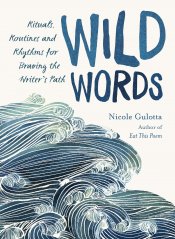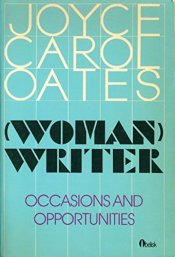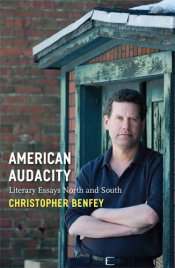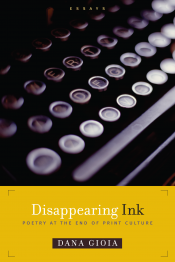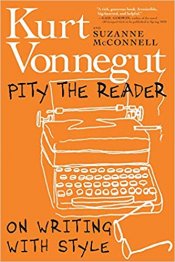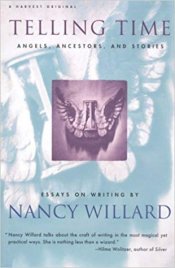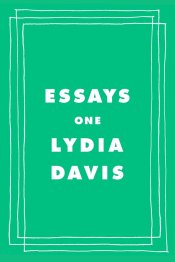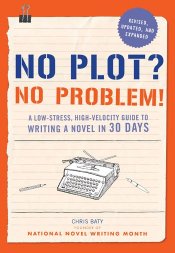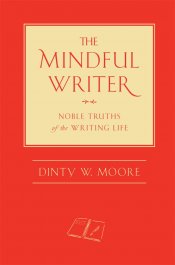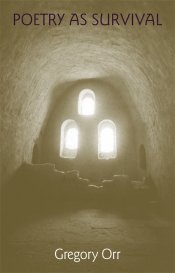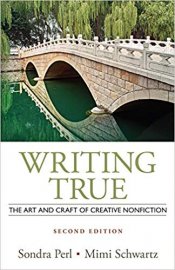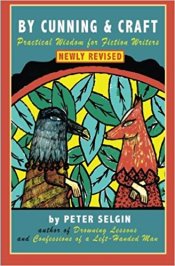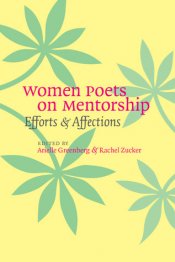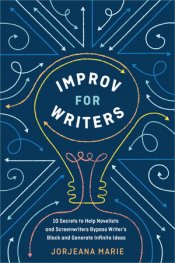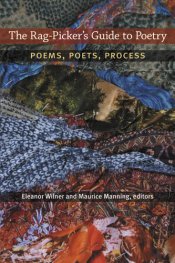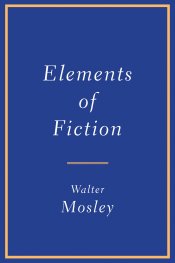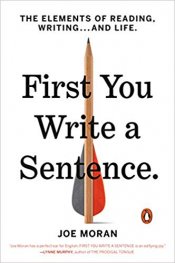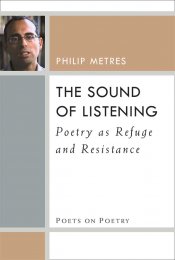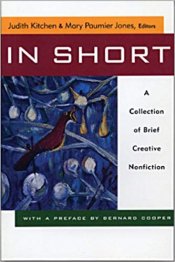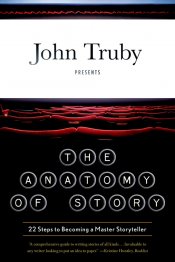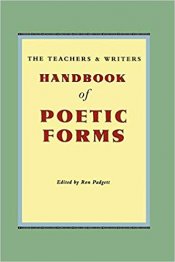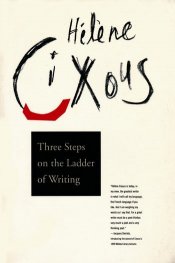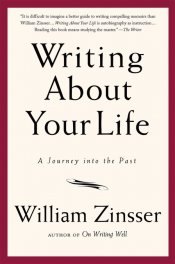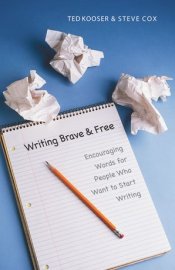Consider This: Moments in My Writing Life After Which Everything Was Different
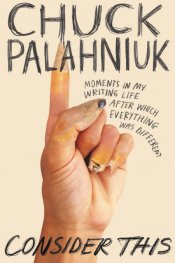
Best-selling novelist Chuck Palahniuk takes readers behind the scenes of the writing life in this blend of memoir and guidebook filled with practical advice, anecdotes, and the kind of insights readers might expect from the author of Fight Club, Choke, and Haunted. In a chapter titled “Establishing Your Authority,” for example, he writes: “To create a story in which the reader never thinks to criticize the characters, kill the mother or father before the first page.” At its heart Consider This is a tribute to those who taught Palahniuk himself, including novelist Tom Spanbauer, whose unconventional writing workshop in Portland, Oregon, the author credits with having provided an essential space to improve his writing.






